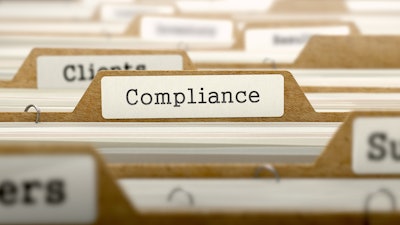
Establishing a strong safety-first culture, balancing EHS needs with other business demands and the difficulty in getting employees to understand and follow safety procedures remain the top challenges safety professionals face today, according to J. J. Keller & Associates, Inc.’s " State of Environmental Health & Safety" benchmarking study.
"Reading the survey results made me smile,” says Joe Proulx, EHS editor with J. J. Keller & Associates, Inc. and co-author of the study report. “Despite crucial challenges and concerns about regulatory complexities, attitudes, and management situations, the focus wasn’t solely on compliance and discipline. Instead, it was on addressing the important roles all employees play in building a sustainable safety culture, not just the responsibility of safety professionals alone."
Key takeaways:
· Critical factors for compliance entail effective training and education (though 77% find it challenging to ensure employees apply training on the job); strong management commitment and accountability; and sufficient employee engagement and ownership of safety.
· Reduced environmental incidents, violations, and fines impact a strong safety culture.
- Top 3 impacts considered when planning for EHS risks: regulatory risk/non-compliance costs, physical damage, and business continuity.
- Top tools to help mitigate EHS risk: environmental audits and compliance calendars.
- In the future, supply chain organizations should expect an increase in regulations, with mixed expectations for the future; growing importance of new technologies like AI in safety efforts; and increased need for employee engagement in EHS practices, but challenges in hiring experienced safety professionals.




















